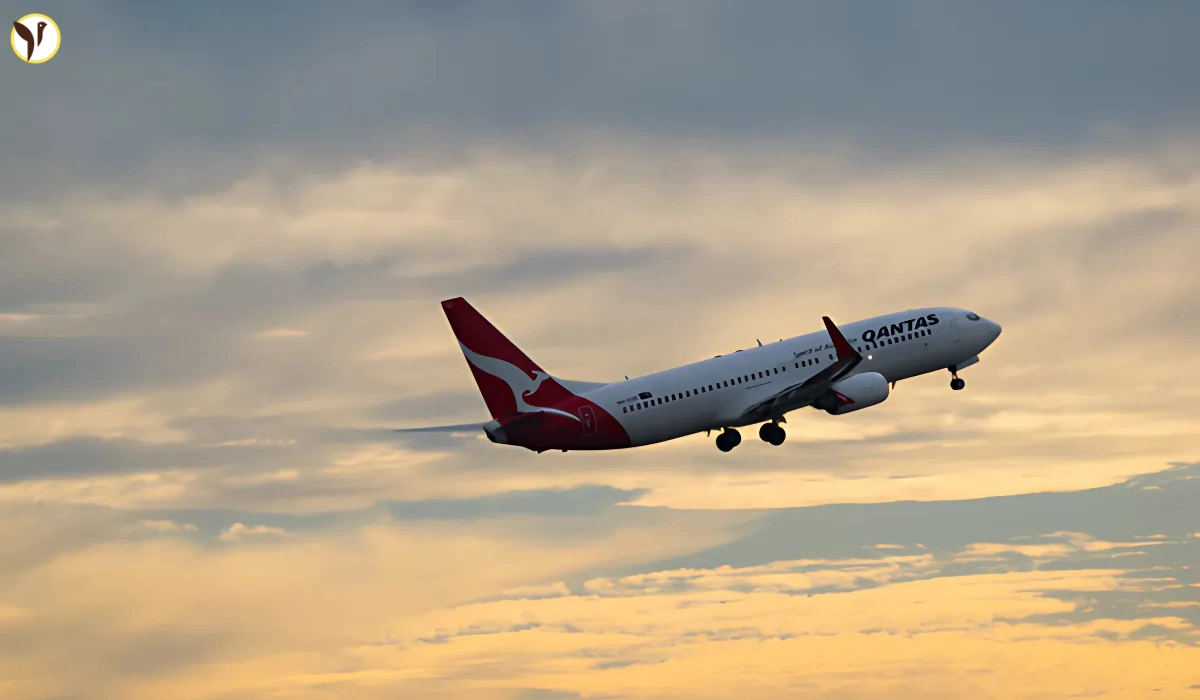A Qantas flight ran into some pretty rough turbulence not long after the seatbelt sign came back on. It was one of those moments where everything changes in just seconds. A cabin crew member got seriously hurt—apparently broke their ankle—and it all happened really fast. What’s even more intense is that a few passengers actually got up from their seats, even though the seatbelt sign was already on, just to help the injured crew member. You can’t really blame them, right? I mean, if you saw someone in pain, it’s kind of natural to want to help. But yeah, it also meant they were putting themselves at risk while the plane was still shaking.
Could this have been avoided?
Well, that’s kind of the big question. The Australian Transport Safety Bureau (ATSB) looked into it and said the captain probably didn’t expect the turbulence to be that bad. It’s not like they saw it coming and ignored it. They did turn the seatbelt sign on about a minute before it hit, but didn’t warn the cabin crew directly. So, while the pilots were trying to manage things from the cockpit, the crew didn’t get enough time to sit down or brace themselves. That’s likely why the injury happened.
Why it matters — even if it was “just turbulence”
We tend to think of turbulence as a bit annoying, but not really dangerous. This kind of proves that wrong. It’s not just about your coffee spilling — people can get seriously hurt. That’s why that seatbelt rule exists, even if you feel totally fine. The report basically reminds everyone (passengers and crew) that turbulence can be unpredictable. Just because the plane feels calm doesn’t mean it’ll stay that way. And if you’re not strapped in when something hits — it could go bad fast.
What can we learn from this?
Here’s the thing:
-
Always buckle up, even if the sign is off. Just makes sense.
-
If crew members are walking around and you think everything’s fine — doesn’t mean it is.
-
Pilots and crew need better communication too. If turbulence is coming, everyone should be warned early.
And honestly, no one’s blaming the passengers who got up to help. That was kind of brave. But next time, maybe it’s safer to wait for the crew to handle it, or at least make sure it’s safe first.


/content/stories/thumb/thumb691dc179a2b503.21147978.webp)
/content/stories/thumb/thumb691d8a15dd6d49.24801741.webp)
/content/stories/thumb/thumb691d677e3e1493.00714451.webp)
/content/stories/thumb/thumb691d6869b1f544.98277568.webp)
/content/stories/thumb/thumb691d5a7995a377.09771198.webp)


